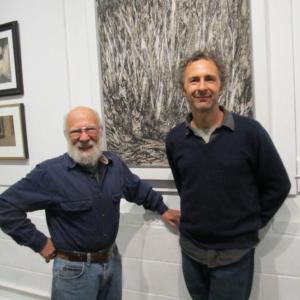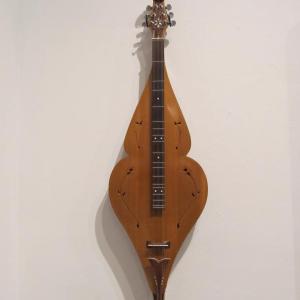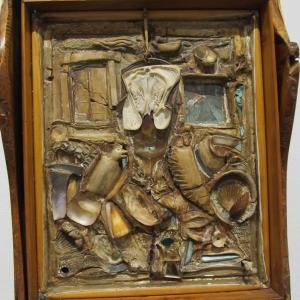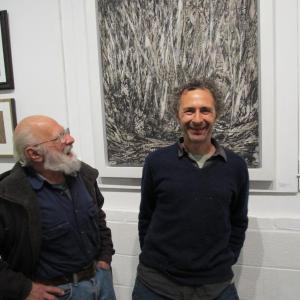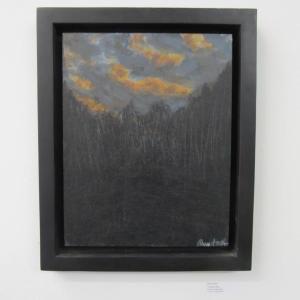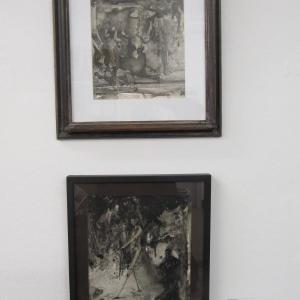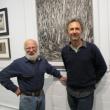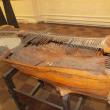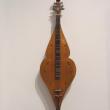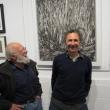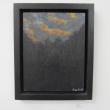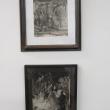The Ascrizzi Gene: Family of artists harken back to Italian roots
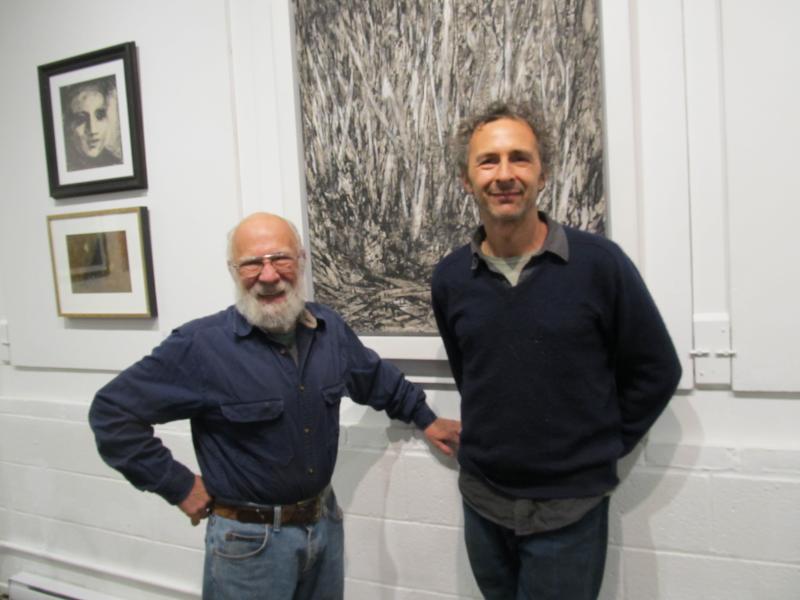 Joseph Ascrizzi and his son Max Ascrizzi. Photos by Kay Stephens
Joseph Ascrizzi and his son Max Ascrizzi. Photos by Kay Stephens
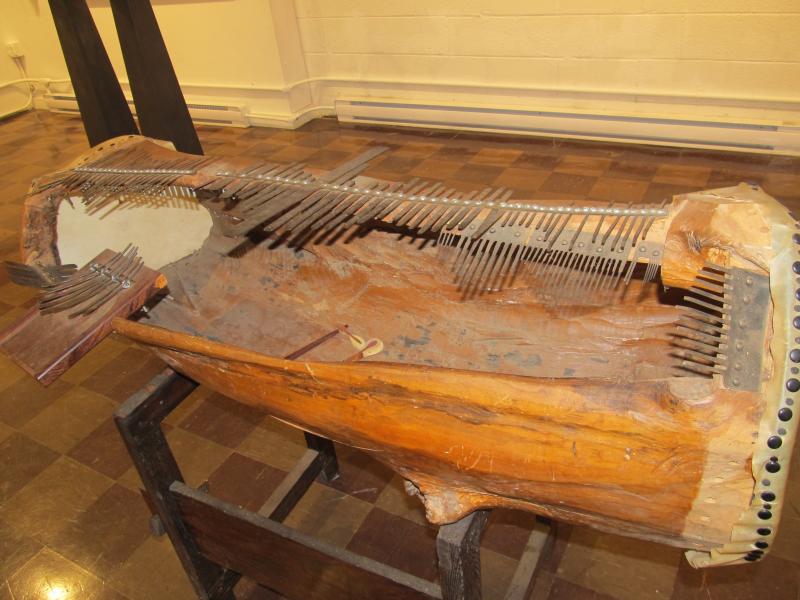 Joe Ascrizzi’s “Applelimba,” a cross between a thumb piano and a mbira, an African instrument.
Joe Ascrizzi’s “Applelimba,” a cross between a thumb piano and a mbira, an African instrument.
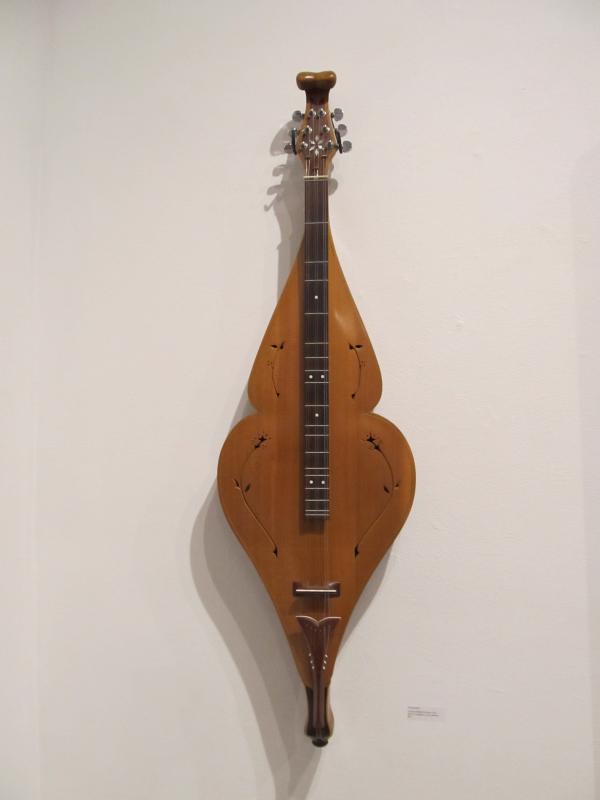 Tony Ascrizzi. 6-string Bridged Dulcimer
Tony Ascrizzi. 6-string Bridged Dulcimer
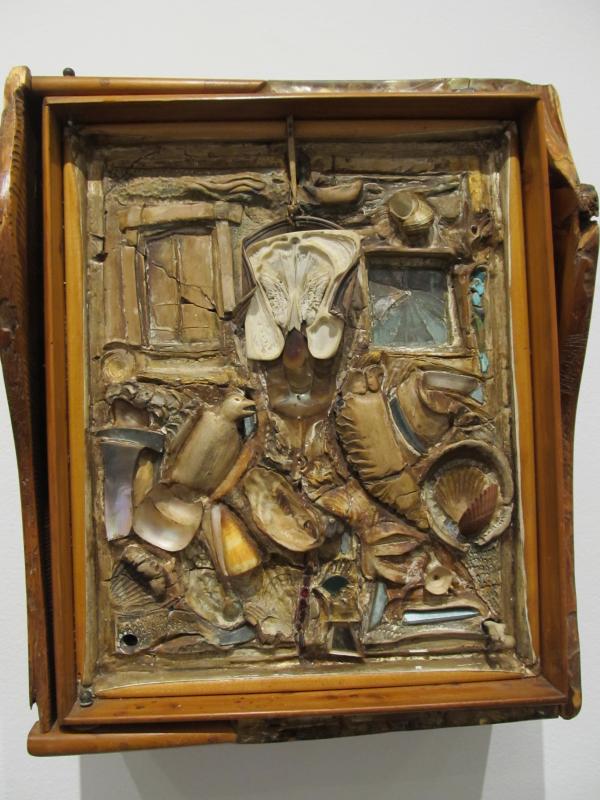 Joseph Ascrizzi. Tristezza
Joseph Ascrizzi. Tristezza
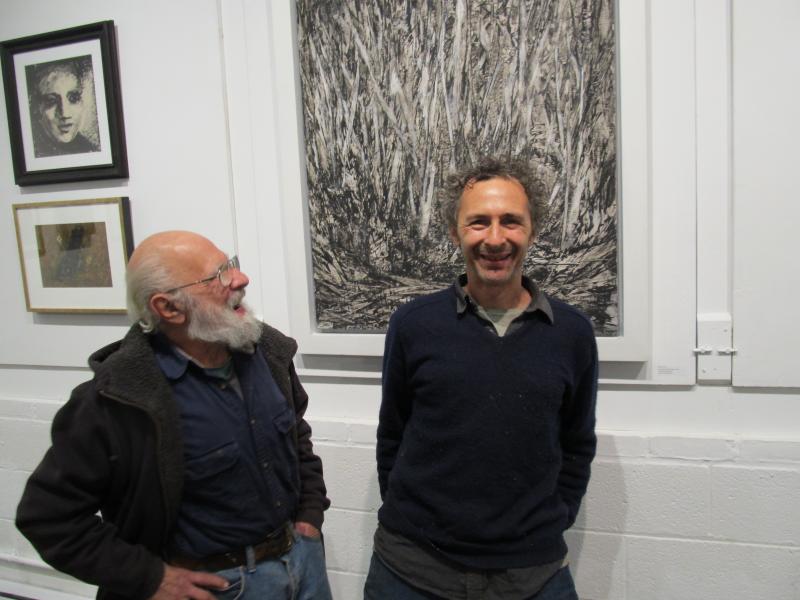
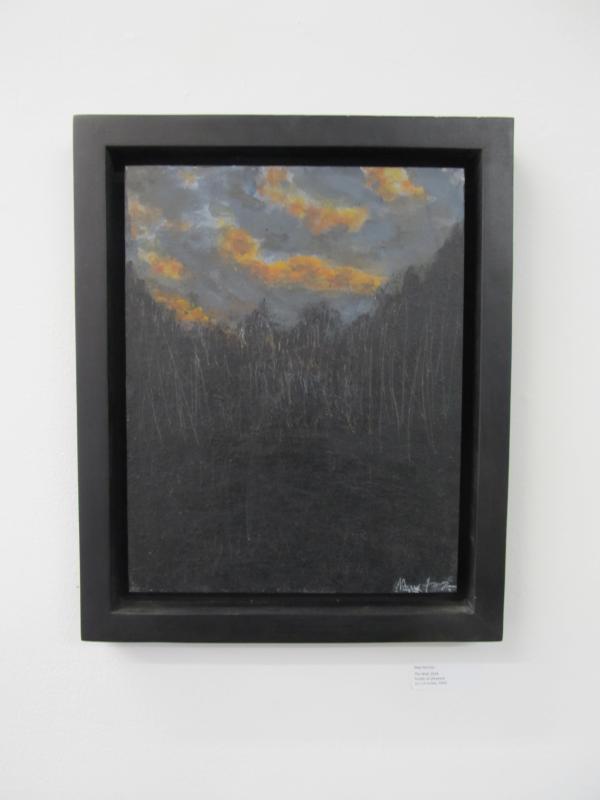 Max Ascrizzi. The Wall.
Max Ascrizzi. The Wall.
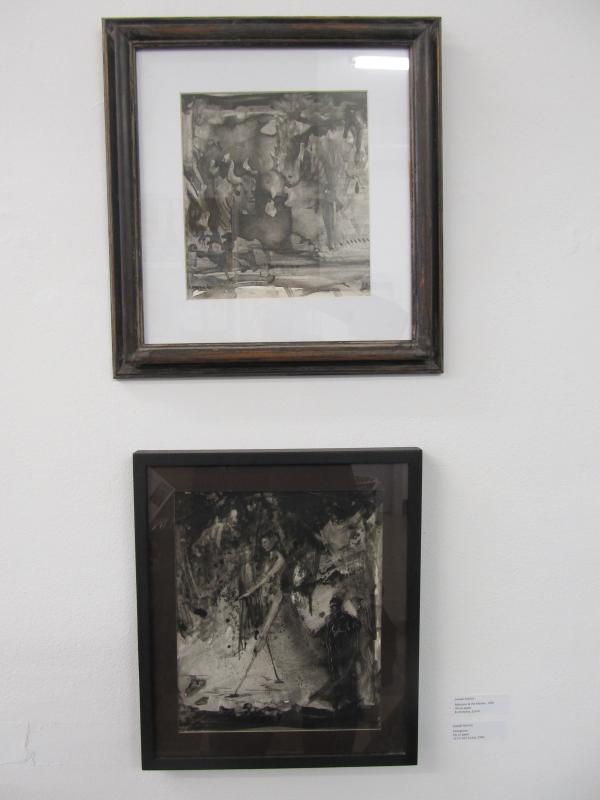 Joseph Ascrizzi.
Top: Minotaur & the Maiden
Bottom: Emergence
Joseph Ascrizzi.
Top: Minotaur & the Maiden
Bottom: Emergence
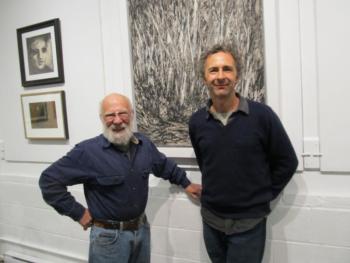 Joseph Ascrizzi and his son Max Ascrizzi. Photos by Kay Stephens
Joseph Ascrizzi and his son Max Ascrizzi. Photos by Kay Stephens
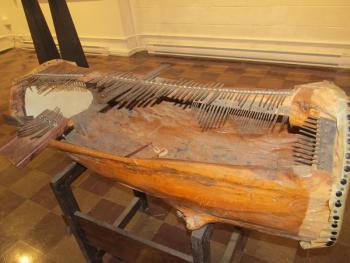 Joe Ascrizzi’s “Applelimba,” a cross between a thumb piano and a mbira, an African instrument.
Joe Ascrizzi’s “Applelimba,” a cross between a thumb piano and a mbira, an African instrument.
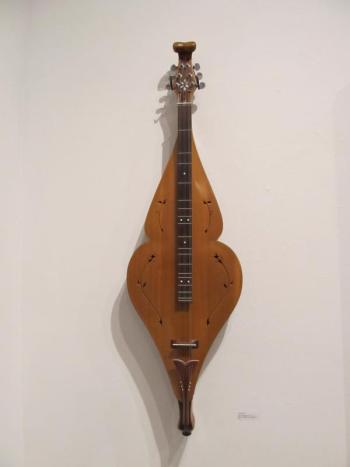 Tony Ascrizzi. 6-string Bridged Dulcimer
Tony Ascrizzi. 6-string Bridged Dulcimer
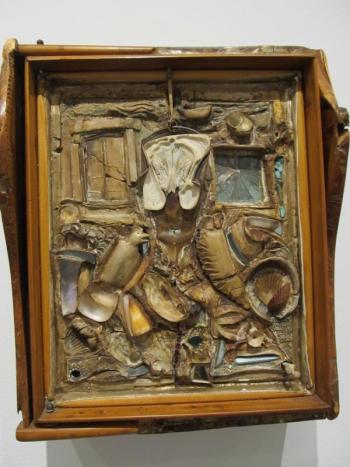 Joseph Ascrizzi. Tristezza
Joseph Ascrizzi. Tristezza
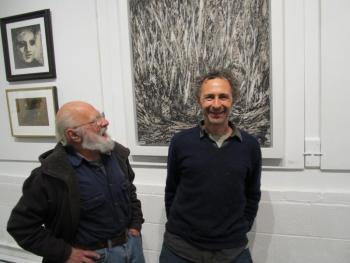
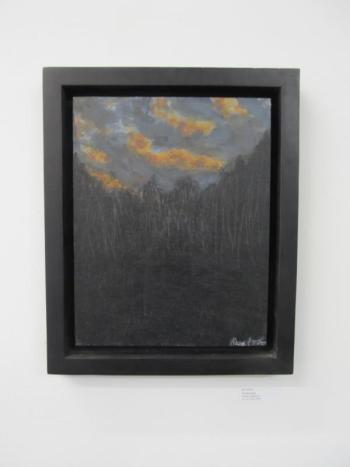 Max Ascrizzi. The Wall.
Max Ascrizzi. The Wall.
 Joseph Ascrizzi.
Top: Minotaur & the Maiden
Bottom: Emergence
Joseph Ascrizzi.
Top: Minotaur & the Maiden
Bottom: Emergence
BELFAST — Joseph Ascrizzi and his son, Max, will tell you that, along with Joseph’s brother, Tony, who passed away in 2014, the three family members never consciously set out to thematically echo one another’s artistic styles. It is evident however, from the layered artwork that currently hangs at Waterfall Arts’ Corridor Gallery, that the Ascrizzi Gene, as Joe calls it, is part of every piece.
“Sure there’s a genetic thread, but we don’t try to collude,” said Joe.
Apart from a similar show put together this past summer in Wiscasset, it never even occurred to Joe, Tony or Max to do a group exhibition. They’d all just done their own thing.
“When Tony passed away, it sort of became this need to have his artwork out there one last time,” said Joe. “We initially thought we’d just showcase Tony’s work, and then we were sort of like, ‘Well, why not put all of us in there?’”
Each artist has his own approach. Joe is known for his carved box sculptures with materials such as wood, bone, antler, gold, silver and stone. Max’s paintings are inspired by rural Maine landscapes, often in stark, nightscapes. And Tony’s work is largely sculptural, as he’d worked in bronze, welded steel, hand-sewn fabrics and mesh.
Unlike their Wiscasset show which separated each artist’s work in a different room, the pieces hang and stand on pedestals all together in Waterfall Arts’ Corridor Gallery as if produced from one artist—something that Joe and Max rather enjoy, for it feels as though with Tony’s work, they are all together again, seamless.
The Ascrizzis roots hail from Italy’s Calabrian town of Sant’Eufemia d’Aspromonte. In a tribute to the family for the show, Liberty artist Alan Crichton, summed up the family’s artistic ethos as coming from: “a rich heritage of invention and an intuitive love of primal materials that has challenged and informed their art and their lives.”
As for Max, who grew up in Freedom, traveled, then came back to Freedom, his rural landscapes are captured in a raw state “during their transition from dark to light or vice versa.”
He never paints from photographs.
“They just come to me,” he said. “The scenes are just glued into me. They just appear.”
Joe’s process is unsurprisingly, exactly the same. In two of his ink paintings, he borrows from mythological elements such as minotaurs and maidens and things not quite human emerging out of the shadows.
“They appear to me as well,” he said. “Probably because we read a lot, immerse ourselves in different writers, different literature, sometimes this just comes out of the subconscious. There is a balance between receptive and creative. If I ever try to consciously flesh out an idea, to me it looks contrived. It doesn’t feel right.”
Another similarity between all three artists is their love of music. In the middle of the gallery stands an odd-shaped thing made from a hollowed out log, a functional art piece and a musical instrument Joe invented, which is a cross between a thumb piano and a mbira, an African instrument.
“There was an apple tree in Connecticut where we lived at the time that had gotten struck by lightning and had a hollow in it,” he said. “I just hollowed it out more, added the skins to the ends and added garden rakes to it as the keys.” “I invented the name and call it an Applelimba.” Unlike most art you can’t touch, Joe encourages people to touch and play it.
On the far wall is a dulcimer handmade by Tony.
“He made lots of these,” Joe said. “Some of his earlier stuff was all made in fine woodworking.” And Max has always played guitar and has written his own music.
“We have that connection, a love of wood, and making and that goes back generations,” said Joe.
Go see the exhibit, which is only up until November 16. For more info visit: Waterfall Arts.
Kay Stephens can be reached at news@penbaypilot.com
Event Date
Address
United States

